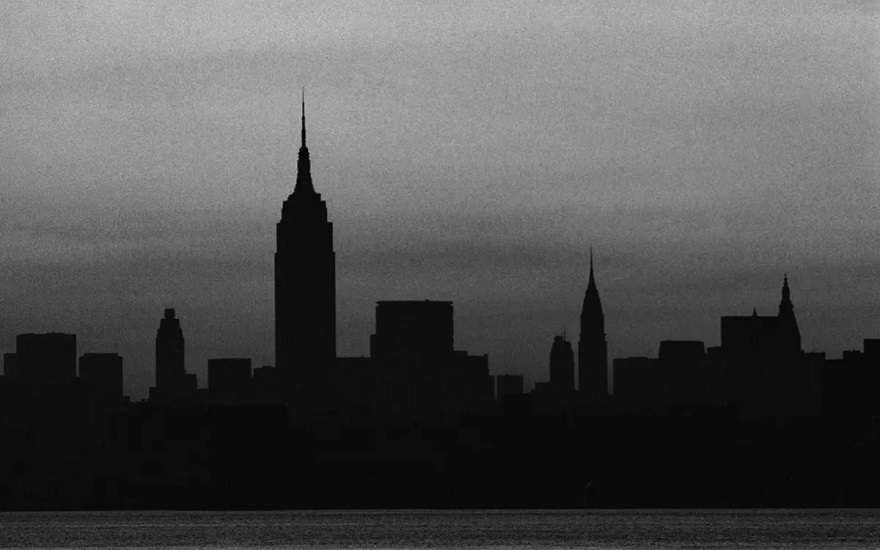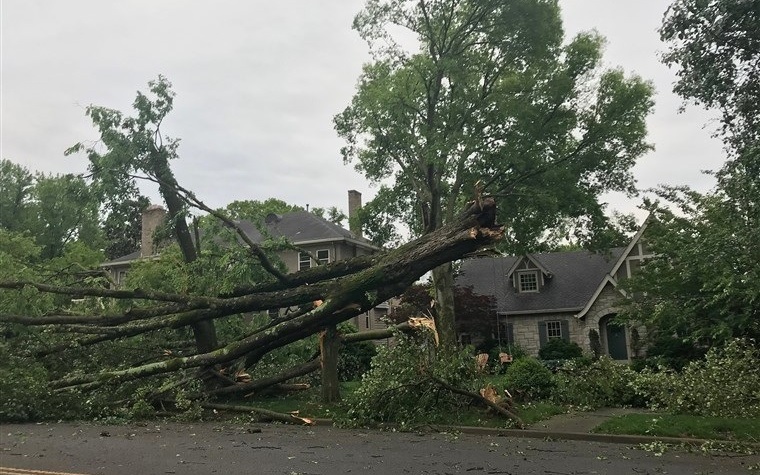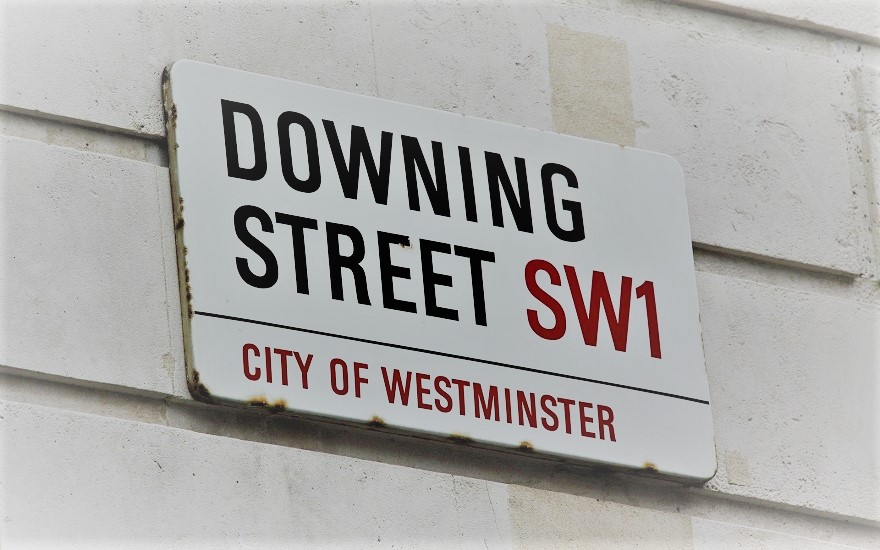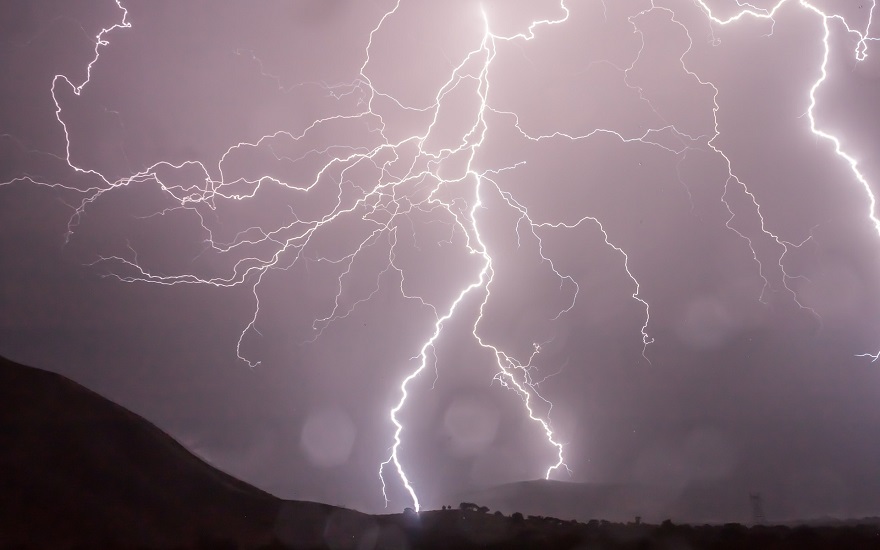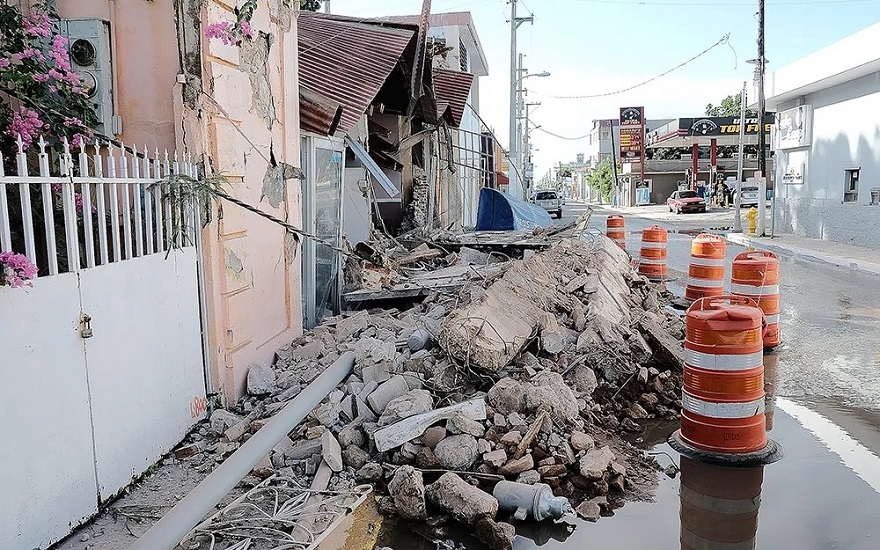More than 30 million people across Northeastern USA and Canada in the dark for up to 13 hours following transmission line failure near Niagara Falls.
At the time, this was the biggest power outage in North American history. It affected customers across an 80,000 square mile area spanning Connecticut, Massachusetts, New Hampshire, New Jersey, New York, Rhode Island, Pennsylvania, and Vermont in the United States, along with the Canadian province of Ontario.
What Caused The 1965 Power Cut?
For context, the Northeastern US and Canada share the same power grid, meaning that faults and failures on one part of the network have the potential to have far-reaching consequences.
As evening approached on Tuesday 9 November 1965, demand for heating, lighting and cooking was pushing the electricity network to near peak capacity. Transmission lines were heavily loaded.
At the Sir Adam Beck Hydroelectric Power Station near Niagara Falls, Ontario, a protection relay fitted to one of the transmission lines was misconfigured to trip if any other protective equipment on the Ontario grid didn’t operate properly.
A small fluctuation originating from the Robert Moses plant in Lewiston, New York, caused the relay to trip, disabling one of the main 230 kV power lines feeding Southern Ontario.
The load transferred to neighbouring lines which overloaded. Their own protective relays tripped in and isolated Sir Adam Beck Station.
Excess electricity from the plant flowed east across interconnected lines into New York state, overloading them too, leading to the station automatically shutting down to prevent further damage.
Within five minutes, the whole distribution network was in chaos thanks to the cascading effect of the overloads and loss of generating capacity.
Power station after power station experienced imbalanced loads and automatically shut down, exacerbating the problem.
Impact Of A November Blackout
Power started to drop just after 5 pm and the start of the evening rush hour. Within half an hour, much of New York City was in the dark, although some suburban areas didn’t lose power at all.
More than 800,000 passengers were left stranded on the New York City subway, while millions of commuters across the region were delayed.
Most telephones continued to work thanks to the efforts of emergency generators, although not all standby power solutions performed as planned.
A generator failure at the Upstate Medical Center in Syracuse forced surgeons to complete some operations using torch light!
Around 10,000 members of the National Guard and 5,000 off-duty police were called in to prevent looting in New York City.
Following the blackout, the New York Police Department (NYPD) revealed there were just five cases of looting. This was the lowest ever level of night crime recorded during the history of the Big Apple.
America’s biggest newspaper, the New York Times, was the only New York newspaper to hit the newsstands the following morning. Production staff used a facility in New Jersey unaffected by the blackout to produce a slimmed down 10-page edition.
Engineers worked through the night and by morning most areas had their supplies restored.
Following the incident, the Electric Power Research Institute helped the electricity industry put in place new equipment and processes for metering and monitoring to reduce the risk of a repeat.
Nearly 38 years later in August 2003, the area experienced a similar widespread blackout that left 55 million people across eight American states and eastern Canada without power.
While on 13 July 2019, much of New York City was left in the dark for up to three hours.
